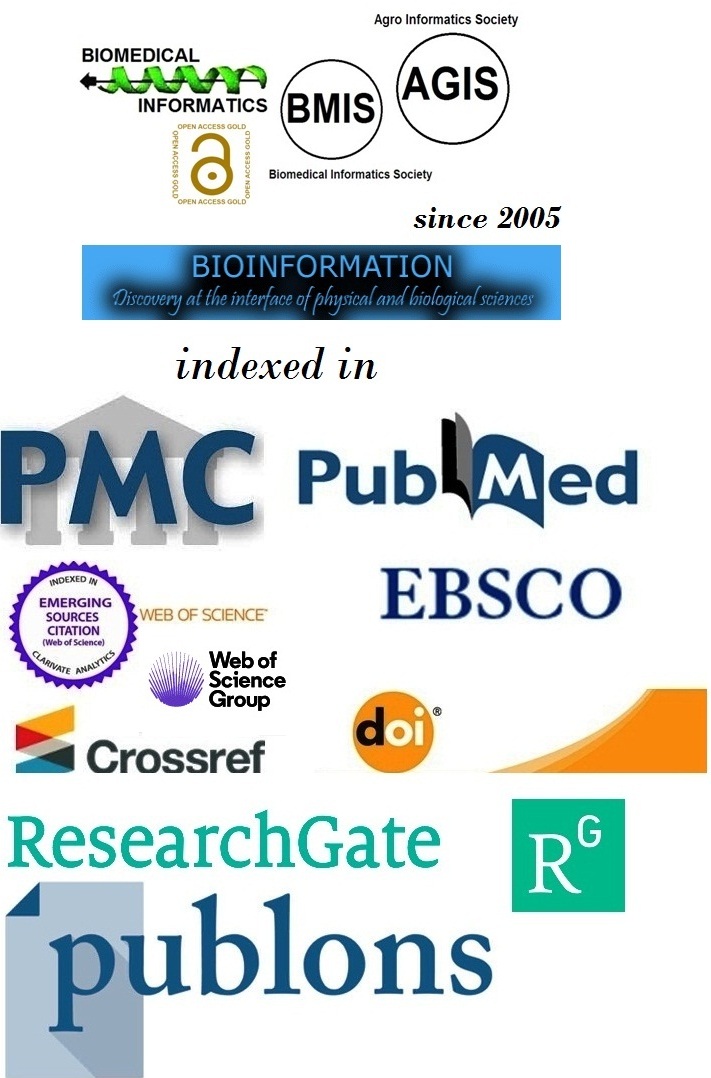Title
Ultrasound-guided evaluation of airway difficulty in morbid obesity: Comparative predictive parameters
Authors
Anoop Raveendran Nair1*, Ahmed Eltohamy2 & Nithya Krishnakumar2
Affiliation
1Department of Anaesthesia, Pilgrim Hospital, UK; 2Department of ENT, Kings Mill Hospital, UK; *Corresponding author
Anoop Raveendran Nair - E-mail: anoopanaesthesia@gmail.com
Ahmed Eltohamy - E-mail: Ahmed.eltohamy@nhs.net
Nithya Krishnakumar - E-mail: nithyak101@gmail.com
Article Type
Research Article
Date
Received August 1, 2025; Revised August 31, 2025; Accepted August 31, 2025, Published August 31, 2025
Abstract
Ultrasound assessment of anterior neck soft tissue thickness is a promising tool for predicting difficult laryngoscopy, particularly in obese patients. Hence, we evaluated 40 obese individuals (BMI > 35) undergoing elective surgery, comparing ultrasonographic measurements at the hyoid bone (DSHB), thyrohyoid membrane (DSEM), and anterior commissure (DSAC) with conventional airway predictors. Difficult laryngoscopy, defined as Cormack–Lehane grade III–IV, was significantly associated with increased mean values of DSHB (p < 0.0001), DSEM (p< 0.0001) and DSAC (p< 0.002) respectively. Among conventional predictors, only the Modified Mallampati Score showed a significant correlation (p < 0.017). Ultrasonography of anterior neck soft tissues appears to be a reliable and independent predictor, potentially improving preoperative airway assessment in obese patients when combined with standard methods.
Keywords
Ultrasound, laryngoscopy, airway assessment and obesity
Citation
Nair et al. Bioinformation 21(8): 2537-2542 (2025)
Edited by
Akshaya Ojha
ISSN
0973-2063
Publisher
License
This is an Open Access article which permits unrestricted use, distribution, and reproduction in any medium, provided the original work is properly credited. This is distributed under the terms of the Creative Commons Attribution License.
